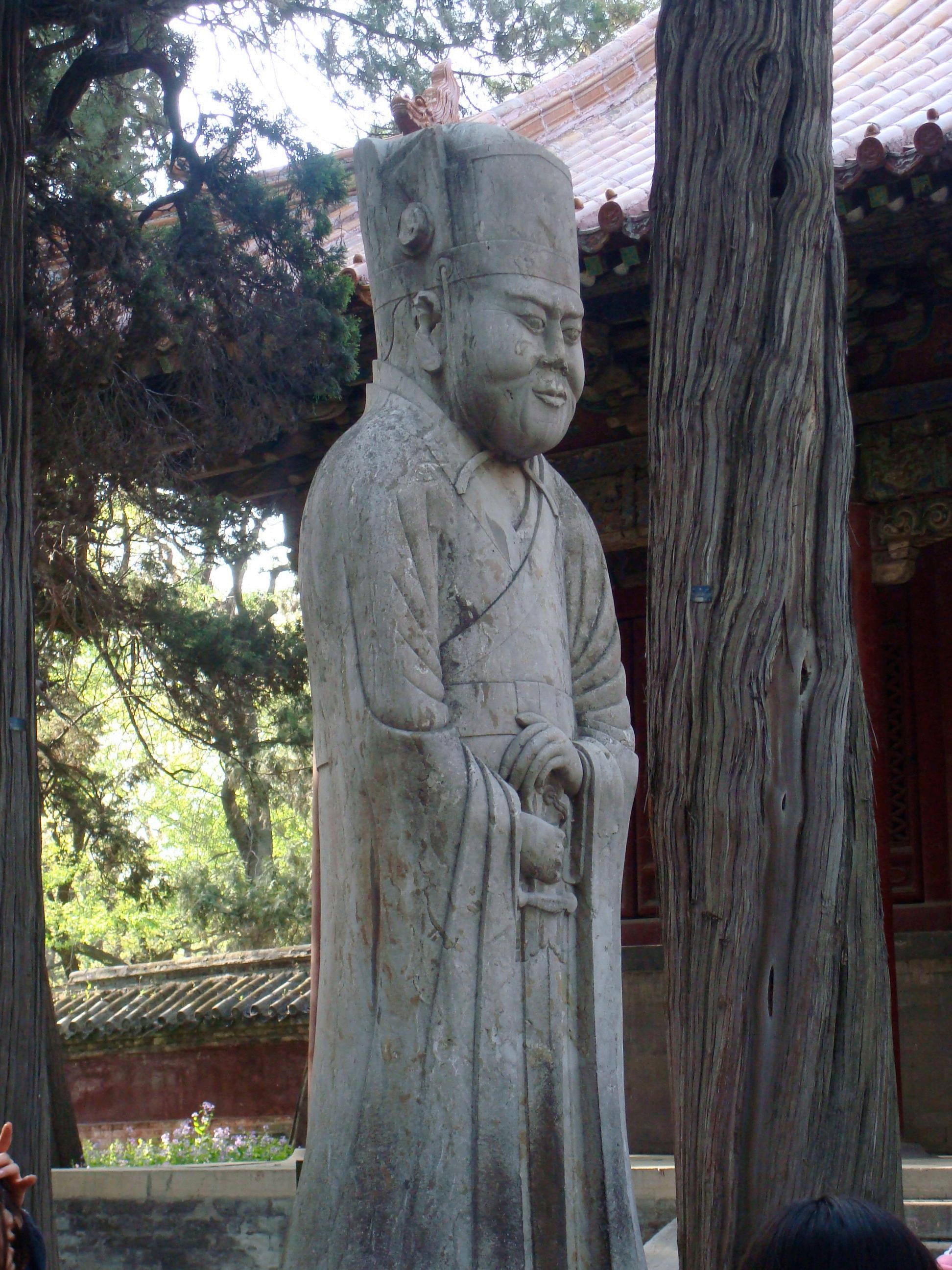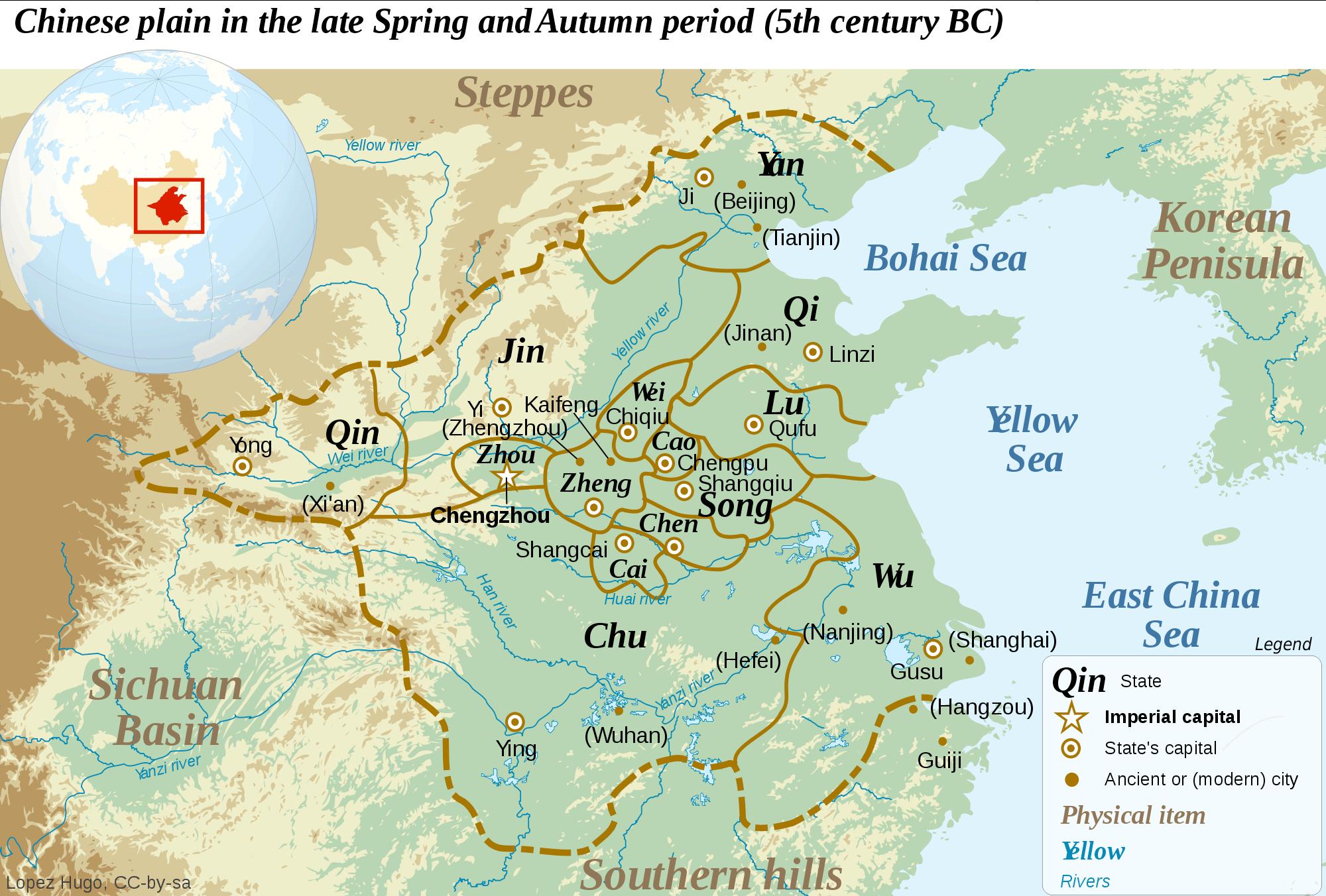
5 minute read
Book Review–Confucius: The Golden Rule
Book Review
Confucius: The Golden Rule
Advertisement
Esther Nicol–Grade 6
Confucius: the Golden Rule is a book written by Russell Freedman and illustrated by Frederic Clement. The book is very informative about Confucius’s background, life and his teachings. Confucius’s influence on the world is quite remarkable because his ideas, such as The Golden Rule and the way people choose governments are still used now. In this book one of the chapters is called “Dangerous Ideas” because Confucius had important and dangerous ideas about the government. When Confucius lived China was splintered into states and each state was run by people who were born into the role of leader. These people were wealthy and they owned their own armies and would attack each other. The government lost control of the country until the Qin dynasty. Confucius described the ideal governor as “an intelligent person, somebody who was interested in being a leader and a true gentleman” (28). In Confucius’s time the word gentlemen would only be used to describe the governors, the governors’ families and the wealthy. It didn’t matter whether they behaved as a gentlemen should, they would still be called a gentlemen. Confucius thought that anybody had the right to be a gentleman as long as they acted like one. He thought of a gentleman as “someone who works hard to master the art of government and the rules of virtuous behavior” (28) and a good leader would treat everybody fairly and think about the people’s needs. For example, “Confucius himself singled out a woman known as Ji of Lu, praising her expert knowledge and sacred rites” (28). The book explains that this was a dangerous idea because he went against the tradition and if you did that the consequence could cost you your life. The title of this book is Confucius: The Golden Rule, which refers to a rule that Confucius described as, “Do not impose to others what you do not wish for yourself ” (30). Many other religions after the time of Confucius had their own teaching of the golden rule. An example is the Christian teaching, “In everything, do to others as you would have them do to you” (30). As you can see from this information the content of this book would be interesting to an audience of a variety of ages but would especially be useful for Middle school students.

The book Confucius the Golden Rule is a useful book for middle school students if they are trying to find out about Confucius’s teachings and life. This book has an appropriate level of language for a middle school reader to understand everything and could easily inform somebody about Confucius. For example, the book describes Confucius’s appearance using descriptive words that make it easy to visualize him: “He has been described as a homely giant with warts on his nose, two long front teeth that protruded over his lower lip and a wispy beard” (6). The picture of Confucius is almost an exact match to the description of his appearance (4). This helps the students remember more about him. The illustrations were very helpful to visualize because even though they weren’t realistic they helped me to understand what Confucius did. The picture of the most famous Confucian temple in Qufu was helpful because by looking at it a student could clarify what was written in the text (39). The length and amount of information in the book was great for a middle school student; it was just the right amount of information to get a student interested about Confucius but didn’t take hours of their time to read. An example is the chapter called “The Spirit of Confucius.” The chapter was only 4 pages long and effectively completed a story about the Qin emperor, what happened after Confucius’s death and his influence after his death. Although the book was appropriate in the level of language, was a suitable length and provided educational information it did have flaws.
The book had some limitations that would make it difficult for a middle school student to follow. It could be very confusing for a middle school student because there is a mix of legends and facts. For example, “A strange animal was killed in Lu. Since no one knew what the creature was, it was placed in a wagon and taken to Confucius, who took one look and identified it as a unicorn” (33). This is a legend not a fact. But it is then followed by a fact that in 479 BC when he woke and said “I wish to speak no more” (33-34). The book doesn’t have any maps of where he lived or even a diagram. If Russell Freedman had included a variety of different visual information the book could have been more informative. Another confusion is that the order of the chapters is not chronological or organized by importance of the themes. For example the golden rule is not mentioned till about the middle of the story when really it is an important part of this book and should be recognized earlier. However, the value of this book overcame the limitations.
The book gives enough information for an introduction to Confucius and his ideas, his life and the work of his disciples. Although the book was not perfect it was still a very informative and interesting book. I enjoyed “The Golden Rule” chapter because it is about a life lesson that is relevant to any human being. I found it interesting that they used the Chinese characters because it shows that the author had respect for the Chinese language and culture. Unfortunately it was only used in “The Golden Rule” chapter. It used several different translations of The Analects of Confucius, which gave different perspectives on how Confucius lived his life. Freedman wrote about Confucius in a way that made him seem very intelligent and wise. In the Author’s Note (42-43) Freedman shows his respect for Confucius and how inquisitive he is about Confucius. For example,

Lu,"one"of" the"vassal" states" of"ancient"China" that"originated" during" the"Xi" (Western)" Zhou&dynasty"but"came"to"prominence"in"the" Warring&States"(Zhanguo)"period"(475–221" bc)" of" the"Dong" (Eastern)"Zhou."One" of" the" smaller" of" the" warring"states,"Lu" is" known"as"the"birthplace"of" Confucius"(551–479"bc)."The"famous" Chunqiu"(“Spring"and" Autumn"[Annals]”)"is"a"chronological"record"of"the"major" events" that" occurred" at" the" court"of"the"state"of"Lu"between"722"and"481"bc."For"almost"2,000"years"this"work"has" been"revered"as"one"of"the"great"Chinese"Classics,"mainly"because"it"has"been"claimed" that" Confucius"edited"the"work."As"a" result"of" the"conVnued"interest" in"the" Chunqiu," more"is"known"about"Lu"than"about"most"of"the"other"states"of"the"period.
"Lu.""Encyclopædia"Britannica."Encyclopædia"Britannica"Online."Encyclopædia"Britannica"Inc.,"2013."Web." 24"Apr."2013."<h]p://www.britannica.com/EBchecked/topic/350198/Lu>.
during his visit to Qufu, which is Confucius’s hometown, Freedman experiences the Confucius celebration. He also visits the significant places or people that are related to Confucius. Reading this book made me more knowledgeable about Confucius and made me think of Confucius as a forward thinking man.
Works Cited Freedman, Russell. Confucius: The Golden Rule. Illus. Frédéric Clément. New York: Arthur A. Levine, 2002. Print.










